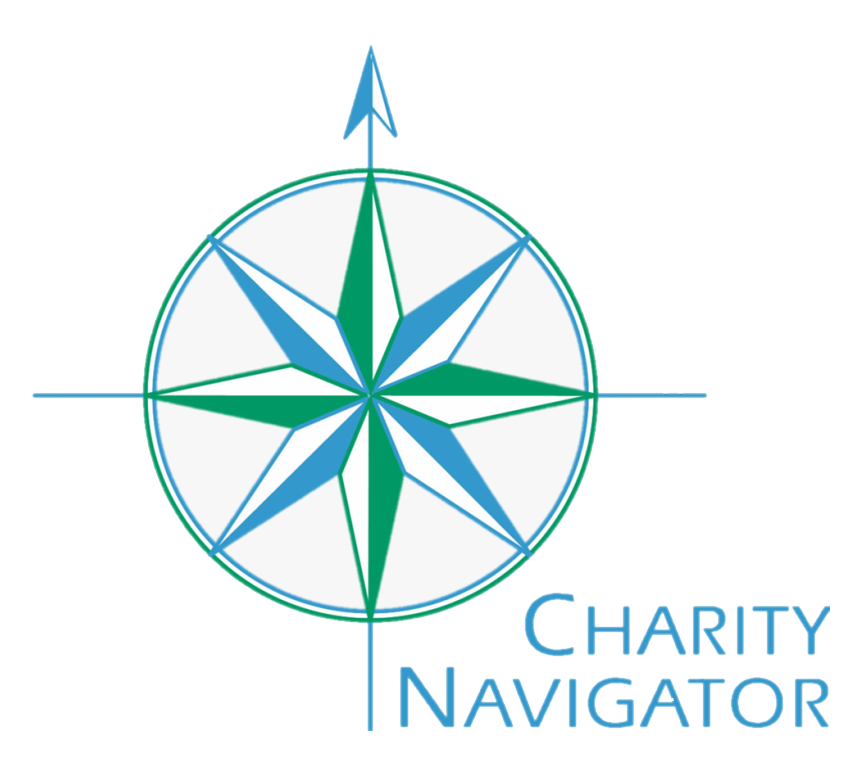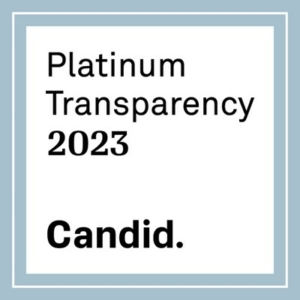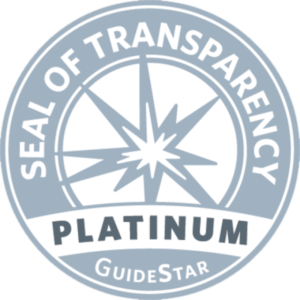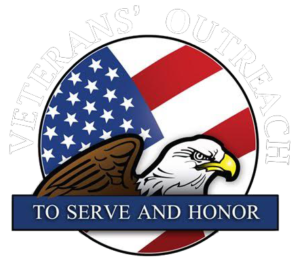Heroes’ Passage: A Retreat for Veterans
Prologue
The concept of Heroes’ Passage (HP) came about through the generous donation of 110.5 acres from a Kentucky gentleman. It is in the middle of nowhere, near Olive Hill and straddling two counties, Elliot and Carter. The populations are small, less than 30,000 folks total.
The property is in a rural and secluded area, so when the structures are implemented, it will have a feeling of a world all of its own.
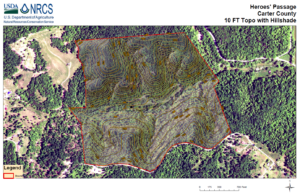 The land for Heroes’ Passage development has been in the ownership of Veterans’ Outreach since February 2017. Since then, the founder and president John Ely saw a chance to be able to help veterans that have fallen on hard times because of their experiences with the impact of war. Drugs, PTSD, and infirmities of all sorts prevent veterans from enjoying the American Dream when they return home.
The land for Heroes’ Passage development has been in the ownership of Veterans’ Outreach since February 2017. Since then, the founder and president John Ely saw a chance to be able to help veterans that have fallen on hard times because of their experiences with the impact of war. Drugs, PTSD, and infirmities of all sorts prevent veterans from enjoying the American Dream when they return home.
John Ely’s brother, a disabled Vietnam vet, and his father, a disabled Pearl Harbor survivor, were the true reasons that he seized this opportunity. John witnessed firsthand the debilitating impacts that servicemen and women suffer. He wanted to be able provide help to this new generation of afflicted veterans, namely those post-9/11 veterans that still have their whole lives ahead of them. This retreat could be the best way to get long-term help to these members of our military.
Initial Concept
The original concept was developed solely by John Ely, without input or 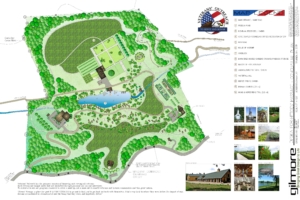 direction from other individuals or similar projects or offerings.
direction from other individuals or similar projects or offerings.
The property had a working farm on it from 1920 till the 1960’s. Therefore, the creation of a farm would be the most important aspect of the property, and its centerpiece. Livestock and agricultural elements would utilize the latest technology with aquaculture and hydroponic farming in the mix. There is even interest from the Department of Agriculture.
We hope to pursue different kinds of aquaculture including fish farming, shrimp farming, oyster farming, mariculture, alga culture (seaweed farming), and the cultivation of ornamental fish. Methods include aquaponics and integrated multi-trophic aquaculture, both of which integrate fish farming and plant farming.
The farm has many potential levels of intriguing and invaluable experiences and life-changing attributes.
We are planning for 30-60 individual comfortable Eco Cabins. The main service building, called CORE, (Council, Offices, Recreation, and Eatery) will host a myriad of other affiliates as well as keep our candidates focused and encouraged to stay on target with their individual goals.
A barn and stables will house the horses for our Equine Unwind Program. If a participant qualifies, he or she would be paired with a horse and and care for the animal as its Program companion.
An Iron Man Course is in development, which will include training for the disables. A Tribute Garden and a Chapel, called “Spiritual Awakenings” will help develop a base line from which to grow. All of these ideas are, of course, still in the conceptual phase and all are subject to change as needed. Our plans are to keep our resident veterans busy with as much productive physical activity as they are able to perform, as well as group and individual therapies. We believe too much free time won’t promote the healing they need. We will encourage belonging to part of something bigger than themselves, and individual strengths will be fostered through that kind of supportive and productive environment. We are visualizing a 6-month program, with the eventual possibility of 3 month programs being implemented after individual assessments are completed.
Phases Completed So Far
The first phase was the survey done on the boundaries, but no topographies, which are needed for our initial architectural presentation. The survey was done by Ron Willhoit and he donated about $4,000 worth of service work.
The next phase was the drone flight values at $6000, donated by Robert Jadloski. Mr. Jadloski is ready to revisit the site at the behest of the architects in the near future when needed.
Architectural services were donated by Gilmore Designs for the conceptual drawings.
The next phase following the architectural step will be the Project’s Business and Visualization Plan. We are working with local universities for help with this development.
There are no funds available for the project right now and any costs have already been borne by the General Fund Veterans’ Outreach’. After these phases are completed, Government Agencies, Foundations, Universities, Businesses, Medical Groups, Philanthropists, and individual donors will be sought to start funding the project. Naming rights will be available.
We will need to solicit $200,000 or more for seed money to help kick off the rest of the development and the start of the site’s infrastructure, as well as geological assessments.
If you have any further questions contact John Ely at [email protected]


